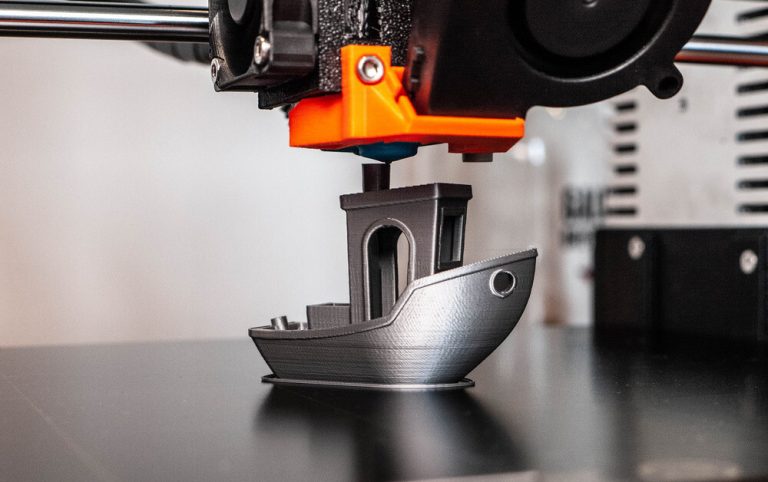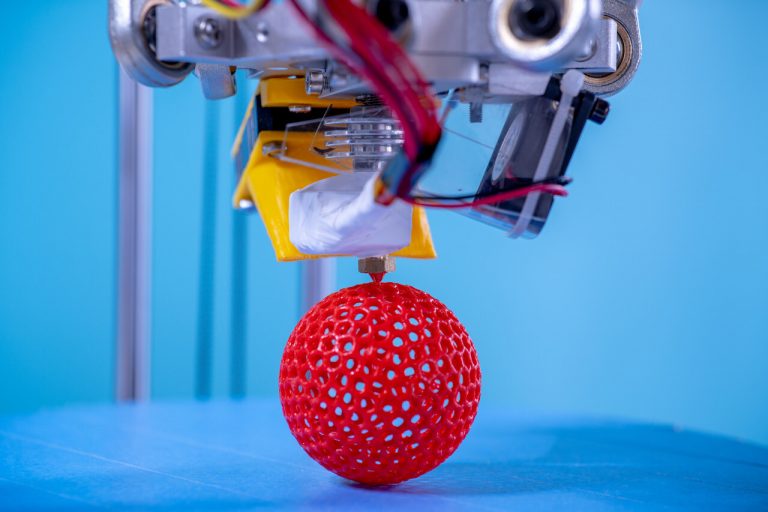3D Printer Filament Types And Uses
Getting along with 3D printing is challenging, but if you are lucky enough and got an accurate and updated article on how to get along with it, then you will not take much time to become an expert in the field of 3D printing.
Since you have landed here, consider yourself lucky as here we are going to talk about the 3D printer filament types and their specific use in 3D printing business.
What is Filament?
To start with the basic definition of filament, it is defined as the material which is being used by the 3D printers to build models and prototypes. There are numerous types of filaments which are used by 3D printers.
Each material has its own properties and features and is chosen based on the demand and requirement of the 3D model. Below you will see comprehensive details of the most used 3D filaments and their uses.
Types of Filaments
As mentioned earlier, there are many types of filaments available with distinct qualities, choosing the appropriate material is essential for building 3D models accurately.
It’s highly determined by the type of 3D project you are going to build. Knowing about the types of filament will help you in getting the right material for your project.

Acrylonitrile Butadiene Styrene – ABS
ABS filament material is one of the best used filaments in the 3D printing industry. The exceptional properties of ABS make it appropriate for a number of projects.
It’s easy to work with ABS filament material as it offers high impact resistance and much more flexibility as compared to other materials.
The ABS filament product can last longer than other types of filaments if it is stored and used properly.
On the other hand, ABS material can hold out higher temperature making it feasible to make products which need to withstand a high range of temperatures. The ABS filament is also readily accessible and is not expensive in terms of price.
Uses
As ABS material features durability, it is used for many different projects, which includes making automotive parts, instruments, household items, toys, and other functional parts. Mainly it is used in products where the products are exposed to high temperature and pressure.
Poly Lactic Acid – PLA
PLA is a distinctive form of thermoplastic and is one of the oldest and most used types of filament being used for 3D printing. PLA is one of the few materials which is certainly offered at a reasonable price.
It is the easiest type of material in terms of usability, and therefore, beginners start learning the use of 3D printing by using PLA as filament material.
PLA material can be used at lower temperatures, does not produce any smell, and above all, it is environmentally friendly. PLA material offers high strength; however, it is considered as less flexible as compared to ABS material.
The good thing is that it does not require an enclosure or a heated bed before using it. Products made using the PLA material gives appearing to look at the end and requires less finishing.
The unique feature of this material is that it is available in different colors with distinct features such as glowing in the dark.
Uses
The PLA material is being used for different applications except where it requires high temperature and where the objects need to be bend or warp.
Other than that, PLA material is suitable for making consumer products, medical implantation tools, wrappers, food packaging, etc.
Polyvinyl Alcohol Plastic – PVA
PVA filament is a type of plastic that is typically used by means of PLA as supporting material. Support structure material is needed when you are making multifaceted prints and want to achieve perfect quality and shape.
PVA 3D printer filament material is malleable and can get dissolved when dipped into water. The structural support material provides added strength and support to the product.
Similar to PLA filament, PVA not need to have the heated bed or unusual hot end nozzle extruder. In addition, the PVA material is also environmentally friendly, non-toxic, and does not produce impurities while being dissolved.
Uses
As it is dissolvable by water, it is mostly used where flatter surface finish is required, including paper adhesive, hygiene products.
Polyethylene Terephthalate – PET
PET, PETT, and PETG are similar type of plastic filaments and is being all over the world. PETT is listed on FDA approved polymers, which makes it suitable for making food items such as cups, plates, and other similar items.
This filament material gives you a glossy and polished finishing exterior, and does not reveals any fumes or toxic gases while in use. This material is environmentally friendly as it can be recycled and reused.
PET material is highly durable and offers excellent flexibility; however, beginners find it difficult to work with this type of filament material.
Uses
Based on the qualities of these materials, it is widely used for making waterproof applications such as water bottles, food items, phone cases, and mechanical parts, which requires water resistance and flexibility.
Nylon – Polyamide Filament
Nylon is a popular variant of synthetic polymers and gives you much robust strength and sturdiness when equated with ABS and PLA form of filaments. Based on your requirements, there are many forms of nylon filaments available which you can pick out from.
Nylon filament has a need for high temperature for melting and calls for special attention for storage; otherwise, it degrades over time, and you will not be able to achieve the perfect print quality.
The beginners find it challenging to deal with the properties of Nylon filament.
Uses
As it offers greater strength and durability, the nylon filament material is mainly used for making mechanical equipment, tools, structural parts, and other consumer products.
Wood
You must be thinking that how is it possible to use wood as 3D printing filament material. Well, it is being widely used to achieve wooden look models and objects.
The wood filaments comprises of mixture of recycled woods just like dust and cork and are often used with PLA filament for added support and durability. However, you should be extra cautious while working with this type of filament material.
Uses
It is clear that wood filament is used where you need to get 3D models with a likeness of wood, for example, building vessels, pots, bowls, and other similar decorative items.
Metal
Just like the wood filament, here you use the blend of metal items to achieve a metal-like look and shine. It can be used with PLA, ABS, or any other filament material.
When working with metals, you need to be extra careful, especially about the temperature range.
Uses
It is used where you need to give a metallic look to your 3D models. Finishing components and tools are commonly designed products which use these type of filament material.
Choosing the Right 3D Printer Filament
It is important to select the right 3D filament material in order to get the desired result. The minute you know the properties of the filaments, you can hand-picked the suitable material.
By going through this article, you will have a sound knowledge of the common types of filament material being used for 3D printing and also STL files, and it will help you in deciding the perfect material for your 3D project.






